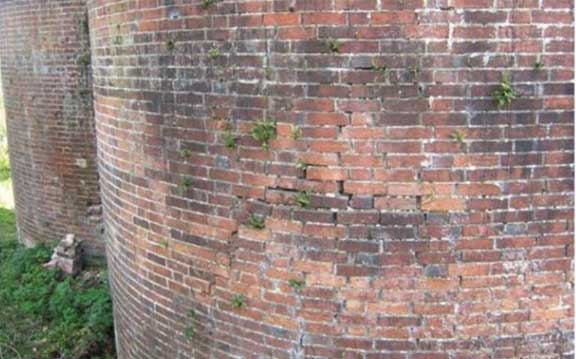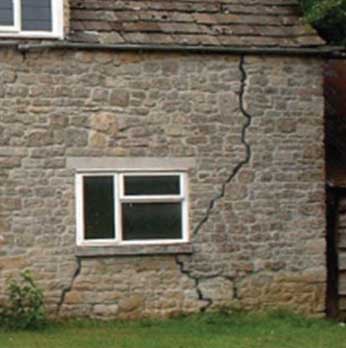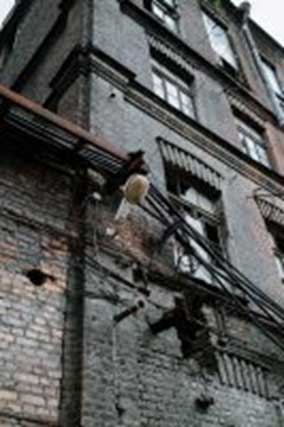Problems Affecting Heritage Properties
1. Damp
Rising damp can be difficult to treat in a listed property. In the 1900’s, building in the UK involved bricks and water with single leaf solid walls. Bricks are absorbent materials that slowly absorb humidity and water whenever exposed to them. The single leaf solid walls comprised of one layer of bricks that separated the indoors from the outdoors but were greatly these were affected by capillarity.
Despite any strong materials used in a structure, dampness when identified in buildings requires urgent attention. If ignored, the structural integrity and strength of the building gets compromised overtime. You’ll need to get proper advice from a specialist experienced in older properties. Damp in listed properties is normally identified by the following:
- Decay in timbers in contact with wet masonry
- Deterioration of the external fabric of the wall due to freezing and thawing
- Accumulation and movement of salts and other chemicals within the walls thus causing wall stains
- Growth of molds on the inside surfaces of walls
- Corrosion of metals with the wall


2. Ground settlement/ subsidence
Subsidence is when the ground beneath a property sinks, pulling the property’s foundations down with it. This causes the walls and floors to shift, leading to cracks and potentially destabilizing the construction of the property. This can be caused by:
- Leaking old drains beneath the property which weakens the soil strength
- Poor soil properties within its foundation e.g clay
- Growth of tree roots beneath the property foundation
- Ground vibrations/ earth quakes
3. Poor Insulation
Most homes built before the 1920s, are most likely to have solid walls as external walls rather than cavity walls. Solid walls have no gap, so they can’t be filled with cavity wall insulation but can be insulated from the inside or the outside but will usually cost more than insulating a cavity wall.
Due to climate changes, insulating old heritage homes is advisable. However, if not well planned, adding wall insulation to a heritage building may prevent the house from breathing leading to damp.

4. Energy Efficiency
There are restrictions to buying or renovating a heritage property which limits its energy efficiency. This is due to the close monitoring by the municipal councils who aim at having the property upgrade compatible and complementary to the original design or existing system.
Any new design additives/amenities should not alter the story behind the heritage property and must be fully compatible to the existing system. With regards to energy installations or upgrades, this doesn’t give room for applying the modern energy options during renovations thus limiting energy efficiency within the property. Also, by the laws set, refurbishing these old historic buildings majorly deals with repairing
